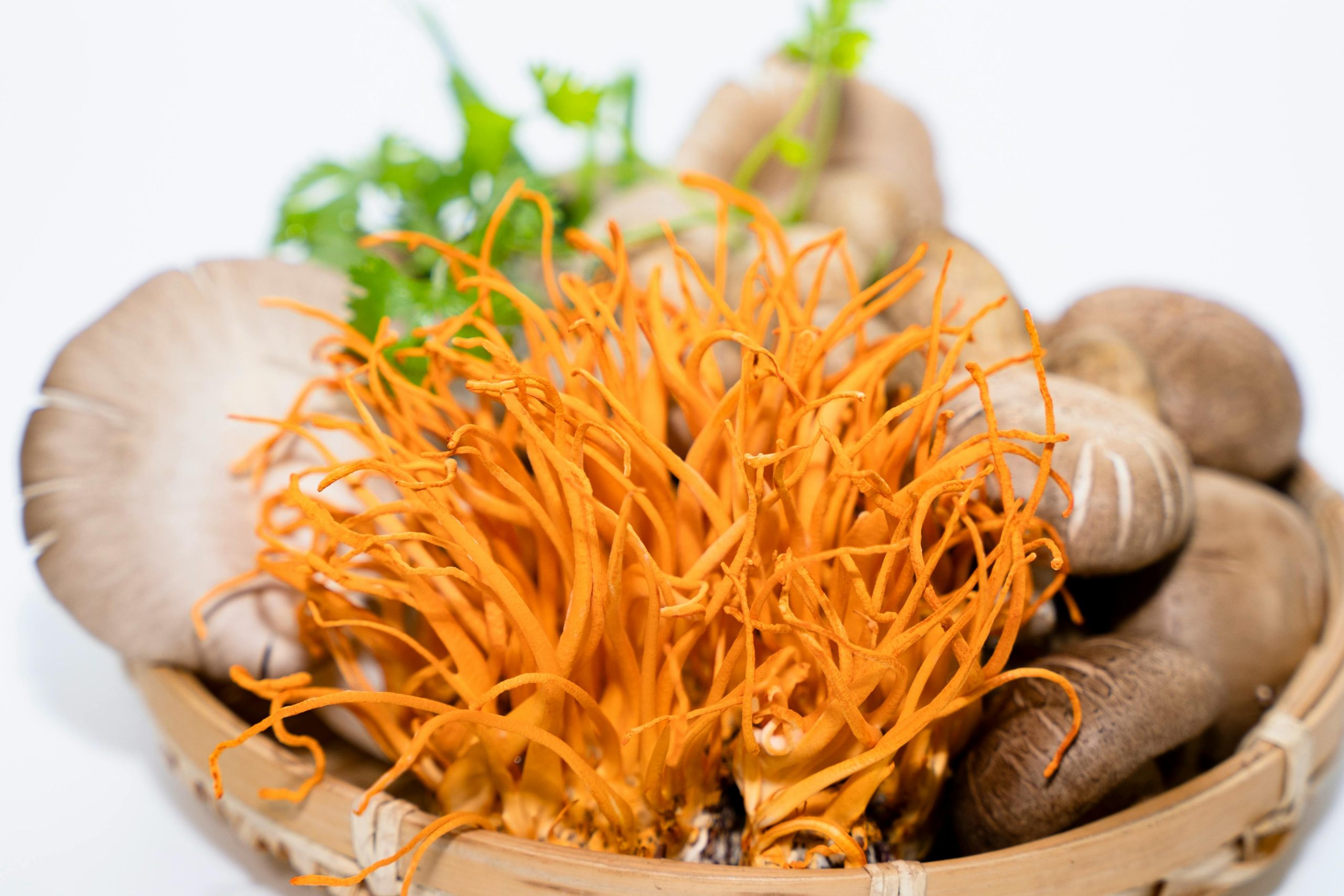We’ve come a long way from fighting off a cold with grandma’s chicken soup.
From the healthier products touted by food and beverage companies to the renewed focus of consumers on better nutrition and wellness amid the pandemic, organizations are leveraging the concept of “food as medicine” and growing the immunity-boosting food products market.
Main Points
- The immunity-boosting food products market is expected to grow to more than $1 trillion by 2023.
- Food companies continue to invest in better-for-you products.
- The “food as medicine” concept is spreading to other segments of the economy.
In fact, the global market is expected to grow to more than $1 trillion by 2023 at a compound annual growth rate (CAGR) of 6.2%, according to the Business Research Company, as consumers look to healthy food and beverage alternatives to boost immunity and lower their chances of suffering with the coronavirus. With that, food manufacturers continue to invest in product development to cater to the rising demand for immunity-boosting products.
ADM, Impossible Foods and the Shift to Healthier Diets
Archer-Daniels-Midland Chief Executive Juan Luciano, for example, noted in the company’s January 26 earnings release, “Our nutrition business continued to harvest investments, lead in consumer growth trend areas, and partner with customers to deliver new products and solutions in 2020, driving 37 percent annual operating profit growth. Based on our current organic growth plans, we expect the nutrition team to deliver solid revenue expansion and profit growth in 2021.” ADM, one of the world’s largest agricultural commodity traders, reported fourth-quarter earnings of $687 million.
Sales of plant-based foods have skyrocketed during the pandemic too, as consumers look to the segment for healthier dishes. According to Nielsen, meat alternatives saw an increase of 129% during the first seven months of the pandemic.
Leading the plant-based charge last year was Impossible Foods. The Redwood City, California-based company’s eponymous soy-based burgers were sold in more than 11,000 grocery stores nationwide — a 77-fold increase over 2019. On the foodservice side, about 30,000 outlets in the U.S. carry Impossible Foods’ products.
Produce Sales Rising as Consumers Cook More
Consumer demand for healthier food is bolstered, to an extent, by the fact that Americans are cooking at home more because of the pandemic. With that, demand for produce continues to increase.
In a recent IRI report on December produce sales, Joe Watson, vice president of membership and engagement at the Produce Marketing Association said, “health is becoming a bigger focus once more, particularly with an eye on immunity building. People continue to consume many more meals and snacks at home and with healthful choices top-of-mind, fresh produce delivered strong results.”
Insurance, Healthcare and Biotech Aligning with Food as Medicine
While the growth of immunity-boosting foods in a pandemic should come as no surprise, its reach across industries may be somewhat unexpected.
For example, health insurers are focusing on food as they expand coverage for patients beyond clinical care. More plans, particularly government-funded programs like Medicaid and Medicare, are paying for temporary meal deliveries and educating high-risk patients on how to prepare and eat healthier foods. Insurers are increasingly aligning with these efforts, in part to keep healthcare costs down and improve their bottom line.
Additionally, health systems and physicians are directing food-insecure patients to food-as-medicine concepts like the Fresh Food Farmacy in Pennsylvania.
Launched in 2017 by the Geisinger Health System at one of its community hospitals, the Fresh Food Farmacy provides free healthy foods—heavy on fruits, vegetables, lean meats and low-sodium options—to patients and their families in certain regions of the state to address food insecurity and higher rates of Type 2 diabetes.
The biotech industry is leveraging the food as medicine concept, too.
Seattle-based Viome, for example, identifies and quantifies every strain and species in a person’s gut and determines what nutrients and toxins are produced. Results are then run through an advanced artificial intelligence engine to arrive at personalized food recommendations designed to increase microbial species associated with overall wellness; minimize microbial species associated with poor health; create the ideal ratio of proteins, carbohydrates, and fats; identify foods that are most compatible with an individual’s metabolism; and help them achieve and maintain a healthy weight.
Post-pandemic life and the outlook for food as medicine
While timelines vary, life could begin to return to normal sometime in the back half of 2021, with the pandemic largely in the rearview mirror. That said, the investments that food and beverage companies have made in the better-for-you space will likely continue over the medium- to longer-term because the pandemic has increased consumer awareness about the impact of diet on overall wellness.
Further, with consumers buying into healthier diets and many saying they will continue to cook more after the world returns to a new normal, strong produce demand will remain strong.
Providing additional support is the fact that the virus will not just disappear as more people get vaccinated. Some reports indicate current vaccines may not be as effective against new variants of the virus. Others suggest people will need follow-up shots in the years to come. The bottom line is that virus concerns will be with us for some time, and consumers will be looking to immunity-boosting products to shield themselves from illness.
Also, as the healthcare industry continues to look at patient care more holistically and incorporates social determinants of health such as food insecurity into treatment options, the concept of “food as medicine” will continue to grow in the space.












